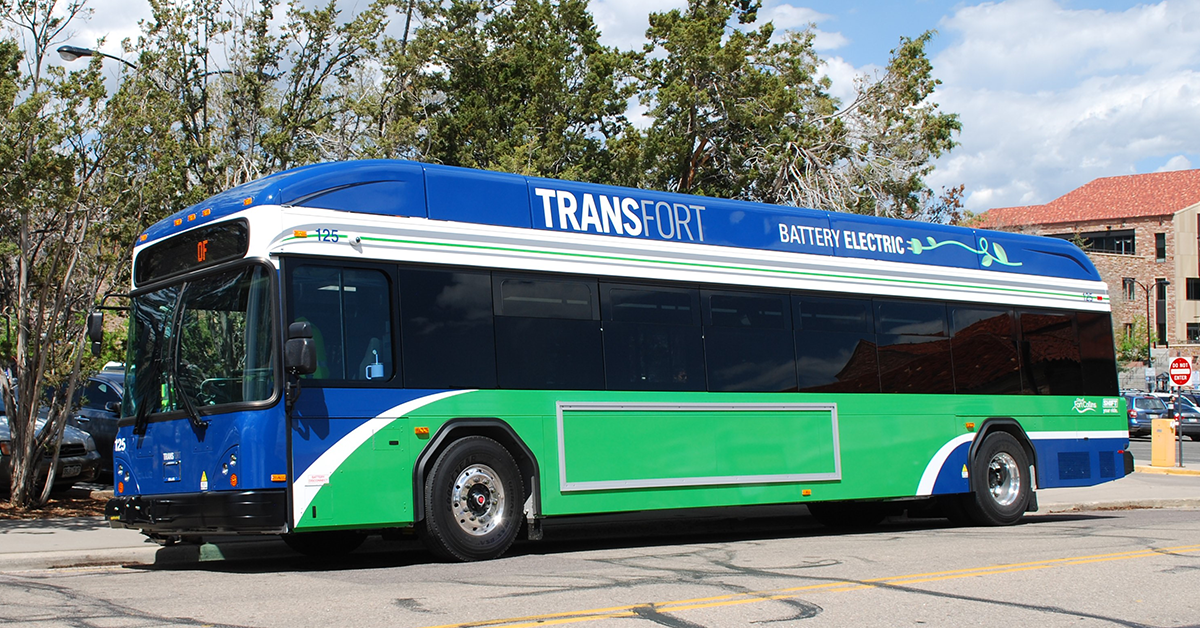Bridging Technology and Adoption in Work Trucks: Key Observations from Work Truck Week 2025

Authored by Alexis Hedges, Commercial and Private Fleets Market Lead
As the Center for Transportation and the Environment’s (CTE) Commercial and Private Fleets Market Lead, I recently attended NTEA’s 2025 Work Truck Week and its featured Green Truck Summit in Indianapolis, Indiana. I was eager to learn about the latest innovations in vehicle and fuel technologies for work trucks and to gain insights into industry perspectives on low- and no-emission vehicle technologies and their applications within fleet operations.
The Green Truck Summit featured a variety of expert panels and presentations, showcasing deployment success stories, emerging technology applications, and key industry trends. Sessions of particular interest included:
“Emerging Technology: Hydrogen Applications & Use Cases in Work Trucks” – This session offered an overview of hydrogen technologies, including both combustion and fuel cell vehicles, and how these can help further emissions reduction goals in a wide variety of vehicle applications.
It was exciting to see hydrogen technology considered as a solution in deployments where electric vehicles would struggle – one notable case study included a hydrogen refuse truck, which was part of a pilot deployment by Recology. While hydrogen combustion does not meet CTE’s zero-emissions target, interesting arguments were posed in favor of using this technology to broaden hydrogen infrastructure while a broader variety of hydrogen fuel cell vehicles are developed and field-tested.
“Industry Roundtable: Advancing Technology Adoption” – Industry leaders from Penske, General Motors, Altec, NTEA, and Ford discussed challenges, opportunities, and outlooks for new technologies, with a focus on both zero-emission and advanced driver-assistance systems (ADAS).
This session included plentiful discussion on ADAS, with zero-emissions taking somewhat more of a backseat. This speaks a lot to the industry’s awareness and interest in the growth of AI and its widespread influence. One very exciting takeaway was in response to the question of market interest for emissions-reducing technologies in the current climate: Customers are still asking for electric vehicles, while considering CNG options.
“Achieving Zero-Emission Targets; Real-World Strategies and Key Takeaways […]” – This session provided a detailed analysis of trends in zero-emission technology adoption within commercial fleets, offering insights into future developments in this space.
Presented by Alex Woodrow at KGP Automotive, this session’s insights into market trends and potential futures presented a healthy balance between optimism and realism. On the more grounded end of the spectrum, he emphasized that there is a disconnect between what legislation has dictated versus what the industry is prepared for, which will not only slow industry adoption but could foster resistance toward adoption. However, he also invited us to envision possible futures in which battery electric and hydrogen fuel cell vehicles could provide additional system efficiencies and secondary benefits—such as instantaneous power and reduced vehicle idling—and accelerate adoption more effectively than the enforcement of GHG emission reduction targets.
At the Work Truck Show, attendees had the opportunity to explore a wide array of new technologies. Manufacturers such as Bollinger Motors, Peterbilt, and Isuzu displayed a variety of electric drive technologies, from fully electric drivetrains to combustion engines (ICE) paired with electric-powered auxiliary equipment. While these vehicles do not achieve full decarbonization, they signal a growing interest in leveraging the benefits of electric power for work truck fleets.
A key takeaway from the event is the ever-increasing industry interest in emissions-reducing technologies. A growing number of technology providers are bringing zero-emission advancements to this space and fleet operators are interested. Still, they want to ensure that these technologies work reliably without requiring significant accommodations to deploy. Key challenges, such as access to charging infrastructure at remote job sites, maintaining a mixed fleet, and securing affordable hydrogen for fuel cell electric vehicles remain. These challenges demand innovative, reliable solutions to ensure the industry continues down the path to zero-emission.
While electric vehicles have already proven effective across a wide range of applications, adapting them to new use cases requires specialized technical expertise. At CTE, we bridge the gap between technology development and commercialization by offering industry-leading deployment and transition planning services. We are eager to apply the lessons learned from our work in transit, municipal, and port operations to accelerate the transition to zero-emission work trucks. Our team is ready to guide fleet operators through the complexities of integrating clean, sustainable, efficient technologies into their fleet, ensuring seamless adoption and more successful deployments.





